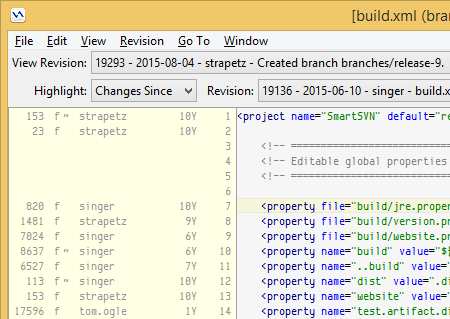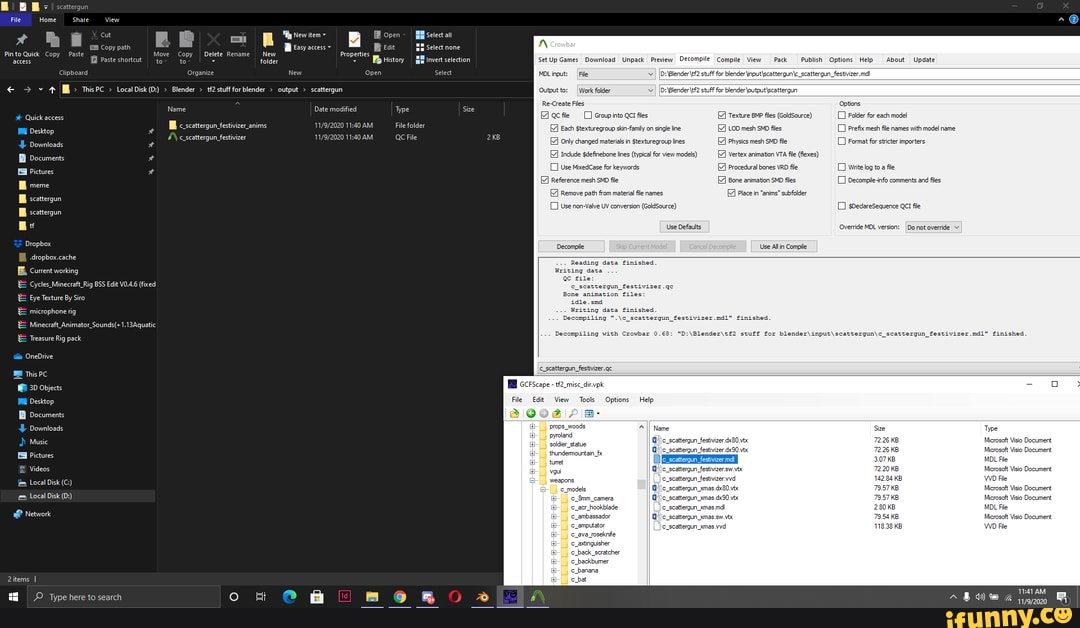
Once you open your copied file, you can clear all outline labels to reset the status of each section while maintaining the same outline label key.If you've created a custom label key and want to reuse it in your copied files, we recommend including outline labels.If your comments will no longer be relevant in the copied files, like questions for a specific reporting period, uncheck the All comments box to remove them from your copied file.If you have comments in your selected files that might be relevant in your copied files, we recommend including all comments in the copy.Here are some tips for using copy efficiently. Click Open Folder to view your copied file. You can see the status of the copy in the lower right. You’ll receive an email with a link to the copied files. Confirm your selection and then click Next.In Files or Home, find the process you want to copy.

The options under Links and Process References let you customize how your copied items handle links for files and references for processes. Settings for Links and Process References If you don't select a folder, you can find your copied files under All Files. Location: Select where you want to put the new copied folder.



Outline labels : Outline labels are colored dots in the Document Outline that signify different statuses.All comments: Check this box to copy all comments (including Resolved and Open comments) to your new files.When you copy a file, you can adjust copy settings to select what's included in your copy. To find a Workspace Owner, see Find members and admins. Note: Only Workspace Owners, Content Managers, and Copy Managers can copy files-if you need to copy a file, contact a Workspace Owner. Copying a file maintains its original permission settings but resets revision history. The Copy window contains several settings that let you customize how your files are copied. This lets you keep the original file intact and work with the new file going forward. You can create copies of files, folders, and processes to make duplicates or roll forward from one reporting period to the next.


 0 kommentar(er)
0 kommentar(er)
